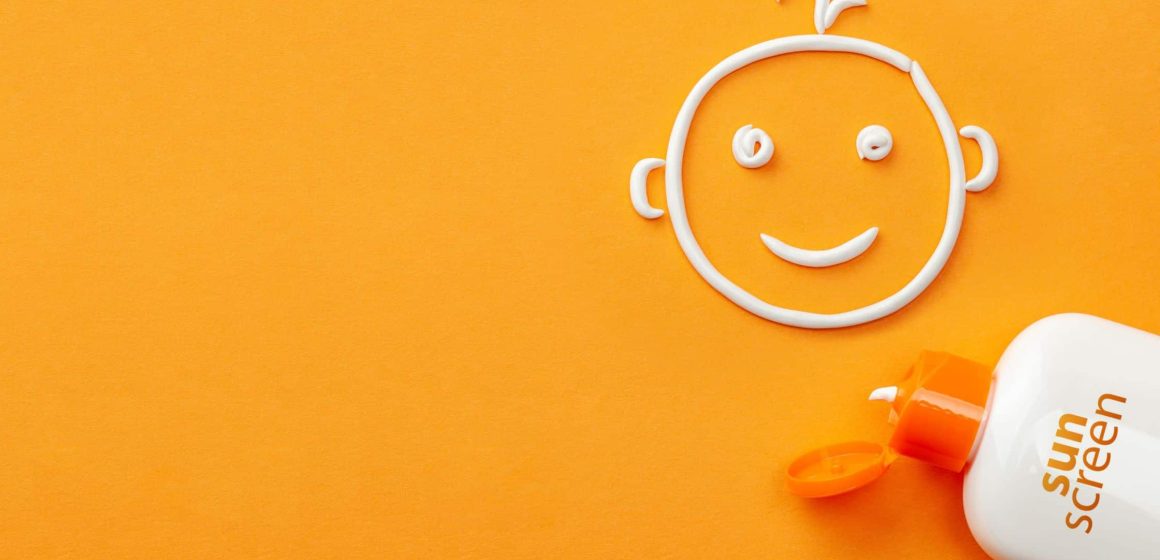Summer in Buffalo, NY, is a time for outdoor fun, family gatherings, and plenty of sunshine. While enjoying the sun is essential for Vitamin D production and overall well-being, it’s crucial to protect your children from harmful UV rays. Overexposure to the sun can lead to sunburn, skin damage, and an increased risk of skin cancer later in life. Here are some sun safety tips to keep your kids safe during Buffalo summers.
Understanding UV Rays and Their Effects
What Are UV Rays?: Ultraviolet (UV) rays are a form of electromagnetic radiation from the sun. There are three types of UV rays: UVA, UVB, and UVC. While UVC rays are absorbed by the Earth’s atmosphere, UVA and UVB rays can penetrate the skin, causing damage.
Effects of UV Exposure:
- Short-term Effects: Sunburn, which can cause redness, pain, and blistering of the skin.
- Long-term Effects: Premature aging, such as wrinkles and sunspots, and an increased risk of skin cancer, including melanoma.
Sun Safety Tips for Children
Apply Sunscreen Properly: Use a broad-spectrum sunscreen with an SPF of at least 30. Apply it generously on all exposed skin, including the face, neck, ears, and tops of feet. Reapply every two hours, or more often if your child is swimming or sweating. Don’t forget to check the expiration date on your sunscreen to ensure it’s effective.
Choose Sun-Protective Clothing: Dress your child in lightweight, long-sleeved shirts and pants made from tightly woven fabric. Look for clothing with a UPF (Ultraviolet Protection Factor) rating for added protection. Wide-brimmed hats and sunglasses with UV protection can shield the face, neck, and eyes.
Seek Shade: During peak sun hours, typically between 10 a.m. and 4 p.m., try to keep your child in the shade as much as possible. Use umbrellas, tents, or canopies to create shaded areas when outdoors. Encourage outdoor play in shaded areas or schedule activities for early morning or late afternoon.
Stay Hydrated: Ensure your child drinks plenty of water throughout the day to stay hydrated. Dehydration can occur quickly in hot weather, so offer water frequently, especially if they are active or playing sports.
Set a Good Example: Children often mimic their parents’ behaviors. Set a good example by practicing sun safety yourself. Apply sunscreen, wear protective clothing, and seek shade to show your child the importance of sun protection.
Educate Your Child: Teach your child about the dangers of UV exposure and the importance of sun safety. Explain why it’s essential to wear sunscreen, protective clothing, and stay in the shade.
Special Considerations for Infants
Babies Under 6 Months: For infants younger than six months, it’s best to keep them out of direct sunlight entirely. Their skin is more sensitive and prone to sunburn. Dress them in lightweight, long-sleeved clothing, and use a wide-brimmed hat. If shade is unavailable, use a stroller canopy or an umbrella.
Babies Over 6 Months: In addition to protective clothing and shade, you can start applying a small amount of broad-spectrum sunscreen with SPF 30 or higher to exposed areas. Test a small patch of skin first to ensure there’s no reaction.
Local Resources and Activities
Buffalo Parks and Recreation: Buffalo offers numerous parks and recreational areas with plenty of shade and family-friendly activities. Visit places like Delaware Park, Tifft Nature Preserve, or Canalside for safe outdoor fun.
Community Pools and Splash Pads: Public pools and splash pads provide a great way for kids to cool off while staying protected from the sun. Ensure your child wears a rash guard and apply waterproof sunscreen.
Conclusion
Ensuring your child practices sun safety during Buffalo summers is vital for their immediate comfort and long-term health. By following these tips, you can protect your kids from harmful UV rays while allowing them to enjoy outdoor activities safely. Remember, consistent sun protection habits established during childhood can help reduce the risk of skin damage and skin cancer later in life.
For more information on sun safety and other pediatric health topics, visit the American Academy of Pediatrics – HealthyChildren.org.












